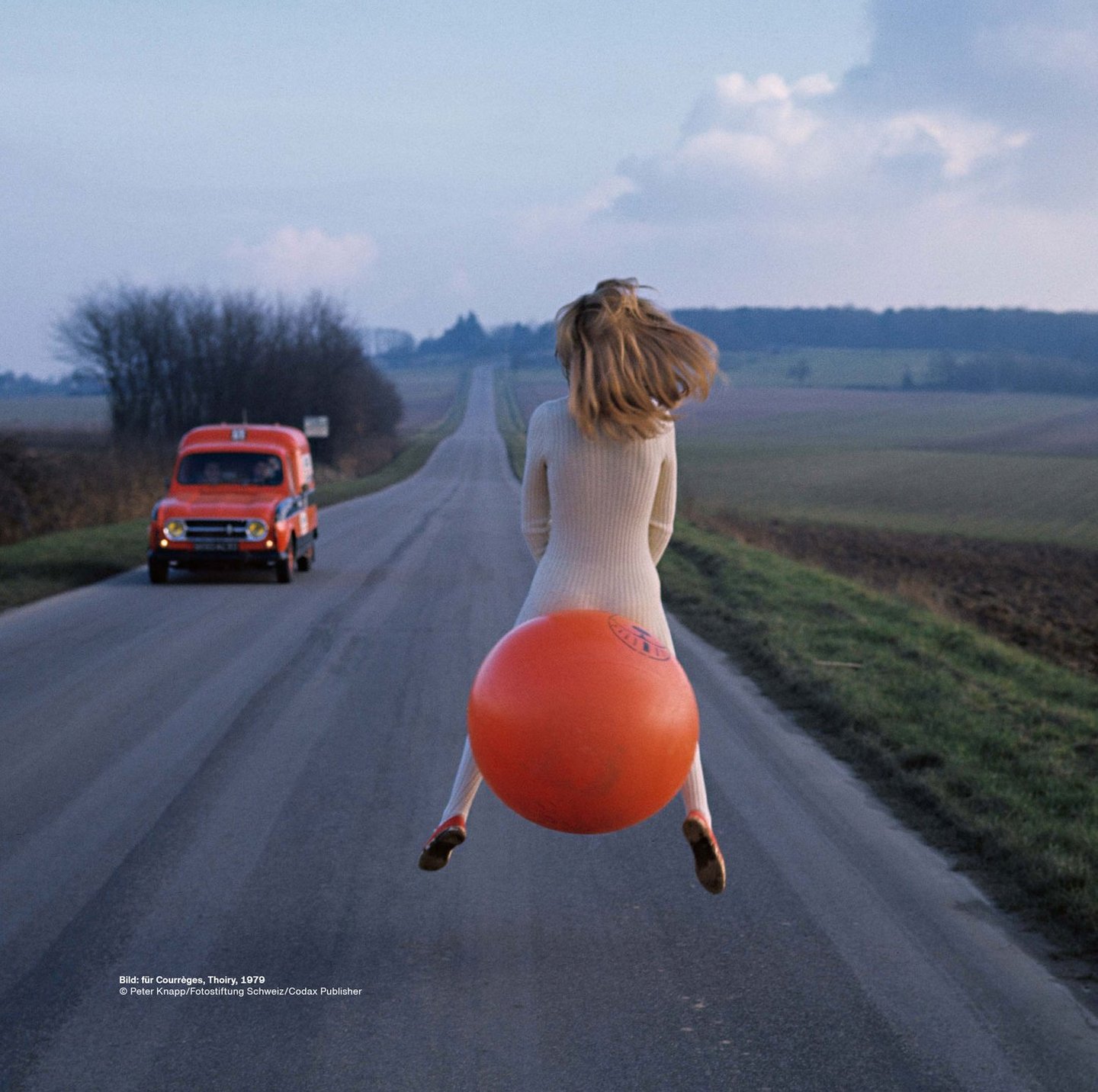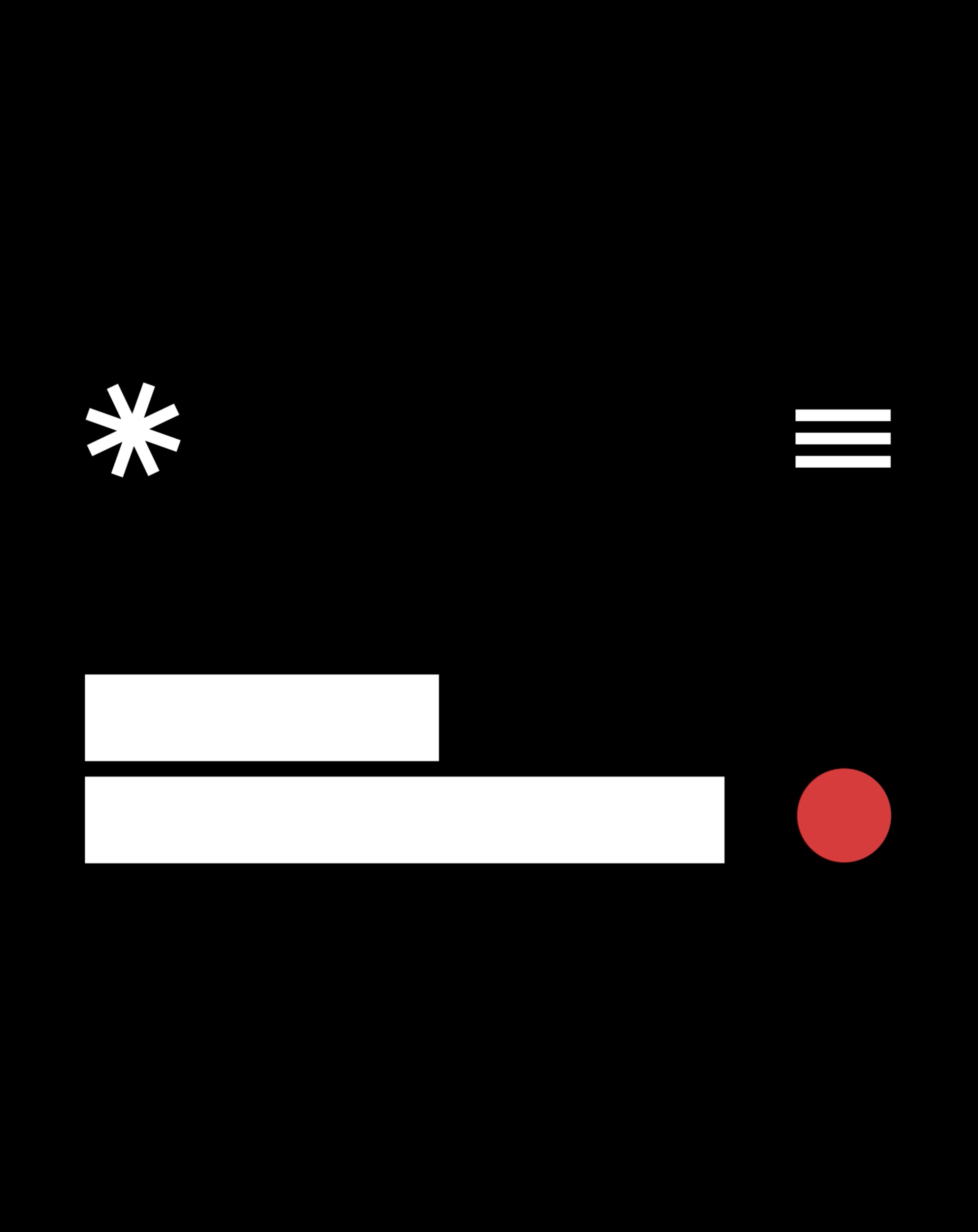UX/UI design: focus on user experience
For most companies, their website is their main calling card. Often it’s there that they make their first contact with prospective customers and employees. So they need to be able to find the content they’re looking for quickly and conveniently. In this article, Linkgroup AG’s head of UX/UI design Anna-Pia Link explains what’s required and what user interface and user experience design involve.
Anna-Pia, how would you explain the terms user experience (UX) and user interface (UI) design to a layperson?
User experience design involves considering how users interact with an object, in our case often a website. This means that you first have to engage with users in depth and then think about where you want to take them. What topics should the user experience on the website? Then you translate what you’ve thought about into visuals by way of the user interface design. The two disciplines go hand in hand, so it’s hard to separate them.
What distinguishes good UX and UI design?
You can recognise successful user experience design by the fact that you don’t notice it, for example if you get to where you want to go quickly. The content takes centre stage. Sometimes you can actively recognise good user experience design, for example when you’re surprised by the way content is presented. The user interface design should also take a back seat. Here the company’s brand design naturally plays a major role.
That brings us to an important question: how does user interface design relate to a company’s corporate design?
It’s part of the corporate design. In a good user interface design you can feel the company. In around 90 per cent of cases, our customers already have an existing brand design. We then check whether we need to add anything for the digital space.
How do you approach UX/UI design?
We first look at who the users of the website are and create personas and user stories. To come up with user stories we put ourselves in a person’s shoes and formulate their needs, for example: “As an analyst, I use the company’s annual report to get a quick idea of its current financial situation.” These user stories help us to think about the information architecture correctly, in other words to work out what main navigation points and what subcategories are needed and where they’re located. Then we move onto the navigation concept, in other words the visual transfer of the things we considered when thinking about the information architecture.
Does that mean that user experience design comes before user interface design?
In most cases, yes. After or parallel to the navigation concept, we create so-called moods to find out which direction the design will take. What “volume” can we use? How many animations are required? Only then does the actual design begin.
What role does the customer play in the process?
They play an essential role. You could almost say they’re the most important part of the team. Our customers know the users of their website best and can provide us with valuable information about them. We often create personas and user stories together in a workshop. If possible, we back these up with user interviews.
Can the user experience be measured objectively?
Yes, you can do testing to measure user experience. Ideally, you have the target group perform a task in the application, for example buying a product in a webshop. When we design websites, we always carry out internal reviews. The designers check whether the components have been implemented as intended and whether the functionality is correct.
Do you also use artificial intelligence in UX/UI design?
We use Neurons Predict, for instance, a tool that predicts where a user’s attention will be focused in the first five seconds. For example, you can feed in a hero area and check whether the main navigation can be found, whether the logo is clearly visible, etc. In our experience, the program usually identifies what good designers know anyway. It only yields limited new insights, but it does provide objective evidence for subjectively perceived expert opinions. It also helps us analyse existing websites.
UX/UI design in a nutshell
- User experience (UX) design encompasses the entire user experience that a user has when interacting with a website, app or other digital user interface. The aim is to create a consistent and intuitive experience across all touchpoints.
- User interface (UI) design encompasses the design of the user interface of a digital product and all the visual elements that users interact with. The aim is to create an appealing user interface that facilitates smooth navigation.
Want to improve the experience of people using your website? We support you with our expertise.


